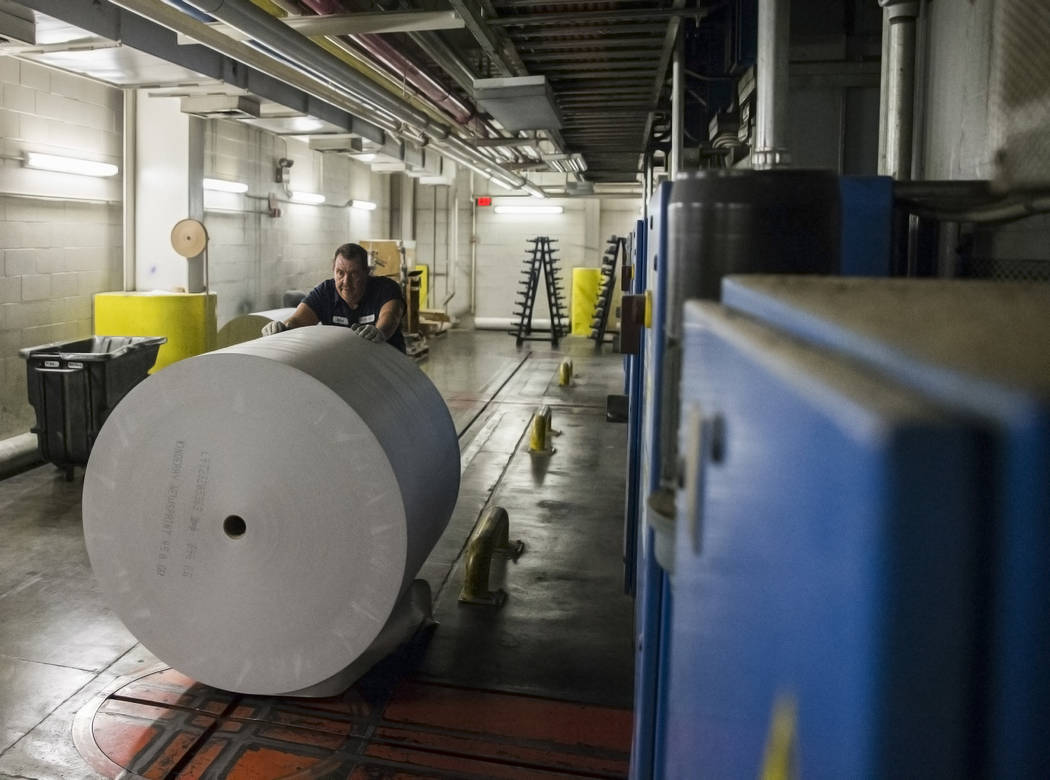EDITORIAL: Newspaper Preservation Act an anachronism that no longer applies
Americans old enough to remember when a viewer actually had to get off the couch to manually change the TV channel have experienced firsthand the vast expansion of the information and media landscape over the past 50 years. No longer are our news and entertainment sources limited to a handful of AM radio stations, three network TV channels, a morning or afternoon newspaper and a few weekly periodicals available at the newsstand or through the mail.
Yet while a once desolate environment now teems with virtually limitless options thanks to constant technological advances and ever-evolving content delivery systems, the legal and regulatory structure governing these developments remains an anachronism grounded in assumptions that no longer apply.
The Federal Communications Commission, for instance, continues to regulate traditional broadcasters — both radio and television — based on the dubious theory that the airwaves are a limited or scarce public resource and therefore must be managed by Beltway bureaucrats. Never mind that technology has overtaken this rationale and demolished it.
In that same vein, Congress in 1970 passed the Newspaper Preservation Act in an effort to ensure competing voices in two-newspaper towns. The theory underlying the measure was that news sources were inherently limited and that a community would be better off with the diversity of editorial perspectives that two papers might provide. The law allowed a failing publication to stay in business by maintaining a separate news and opinion staff while merging advertising, printing and distribution functions with a more profitable competitor.
Once again, however, the justification for this legal framework has not survived the test of time.
Since 1970, there have been 28, give or take, so-called “joint operating” arrangements involving newspapers in places as geographically and demographically diverse as Seattle, Miami, St. Louis and Anchorage. Just five of those remain, one of which is the deal — first reached in 1989 and revised in 2005 — between the Review-Journal and the Las Vegas Sun. Most of these arrangements had been dissolved even before the recent fundamental shift caused by the remarkable changes in consumer behavior associated with smartphones, social media and the like.
A 2018 University of North Carolina study found that one in five local papers — nearly 1,800 — has ceased publication since 2004. Many of these closures have been in rural areas — almost 200 counties in the United States now have no local newspaper — but large urban dailies have in no way been immune to the trend and have experimented with a number of reforms in an effort to survive, some converting to weeklies or employing layoffs and cutting back on print editions to save expenses.
Clearly the writers of Newspaper Preservation Act never envisioned half a century ago the explosion in media options and sources that are today available to American news and entertainment consumers and to the advertisers hoping to reach them.
It’s no secret that the Review-Journal currently is locked in a legal dispute with the Sun over the future of the Las Vegas joint operating arrangement. But the Newspaper Preservation Act — like the gramophone or black-and-white Philcos — is an artifact, and the JOAs contemplated by that statute now burden potentially viable publications that are already facing the myriad challenges of a dynamic and fast-evolving information marketplace.
Joint operating arrangements may have served a purpose at one time. But that time has passed.




























